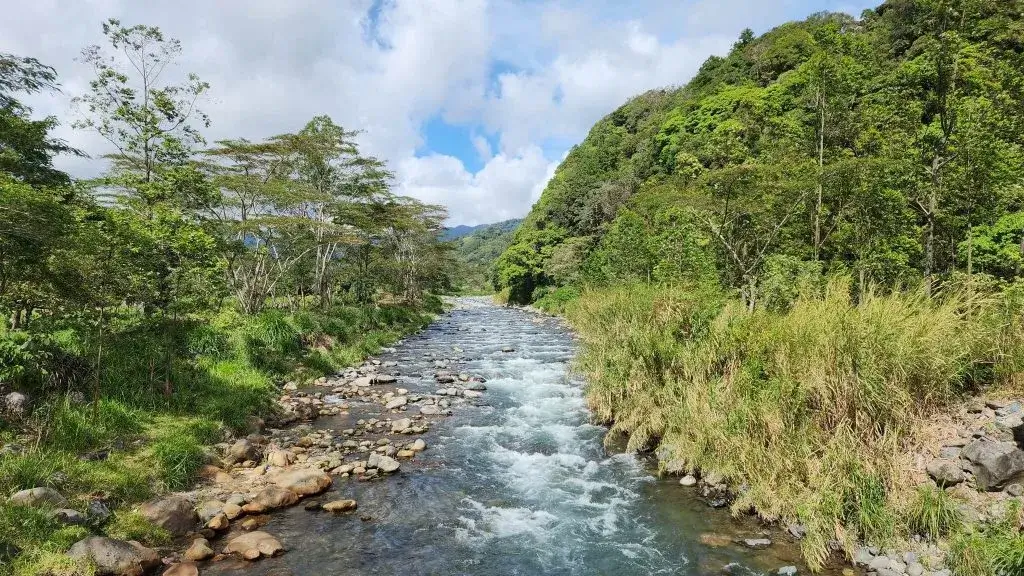Welcome to our new website! Please don’t hesitate to contact me with ideas, suggestions and criticisms.
I can think of nothing better for this first article than Beginning Hiking – this is where it starts. Enjoy!
Roger Imerman, Leader
Beginning Hiking
Rick Crandall
If the idea of mindlessly clicking miles on a machine at the gym leaves you uninspired know there’s a vastly more fulfilling and exhilarating exercise alternative – hiking. Surrounded by nature’s beauty you can challenge yourself in ways unimaginable in the gym. Studies show being in nature reduces stress and improves emotional outlook while strengthening muscles and building cardiovascular health. It doesn’t cost anything to walk outside. Turn around if you get tired. Take a break if you get out of breath. Hike with others.
Hiking and climbing have been my passion for 2 decades. I started climbing – accidentally – when I was 64 by following my 20 pound Australian terrier Emme. The tiny dog insisted on going higher. Our hikes became climbs. I learned how to deal with adversity and the physical challenges of age. Together we were unstoppable and climbed the highest (14,000+ feet) peaks in the Rockies. I wrote The Dog Who Took Me Up a Mountain to inspire others to try this breathtakingly beautiful outdoor experience. Here are tips to help make your hike safe and enjoyable. Always check with a doctor before starting an exercise regimen.
Start small Physical conditioning is achieved by starting with shorter hikes and gradually building to more challenging hikes. This helps avoid muscle pulls, joint pain and spasms. Be cautious. Hiking is about health, joyfulness and smelling the roses, not competitiveness.
Plan the hike Before going familiarize yourself with the trail. Google local hiking trails or a specific trail name. Spend time reviewing where it will take you and the level of difficulty.
Go with a buddy/group Choose a compatible or supportive buddy. You shouldn’t feel pressure to go too fast or keep up. Hike with someone who wants to share this adventure with you. Take-A-Hike Boquete has Basic and Advanced groups.
Equip yourself Dress for the temperature and weather. Invest in high-ankle hiking boots for extra support to lower injury risk. Use hiking poles for better balance on challenging terrain or crossing streams on slippery rocks. Bring sunglasses, hat and sunscreen for maximum protection from sun and wind. Bring plenty of water.
Pack strong string (like nylon) and a small roll of duct tape (they come in tiny rolls the size of a half cigarette). These will solve many problems that can arise including using string to replace a broken bootlace, fashion an impromptu eyeglasses cord, duct tape to patch a ripped pair of pants and fix a broken sunglasses arm.
Bringing a dog
• If the dog isn’t voice command trained it should be on a short leash
• It’s best to have no more than 1 dog per person or 2 dogs total. Pack aggression is real and can intimidate other hikers/animals
• Equip the dog with a collar or harness and tag with the dog’s name and your contact number
• Pack enough water and a cup for the dog. Hydration is as important for the dog as for you
• Ensure the dog is current with vaccinations and flea/tick and heartworm protection. Ask a vet about special concerns before the dog goes
• Trail etiquette Yield to human hikers. If the dog is barking call ahead and let other hikers know it’s “friendly, just noisy”. Keep it on a leash so it doesn’t attack people or animals.
• If uncertain about anything along the way (distant animal sound, unidentified movement or seeing the dog perking up) quickly get it on a short leash if they aren’t
• Bring dog treats. Dogs need snacks. Some human trail foods such as raisins and chocolate are dangerous for dogs
• When you get home check it and yourself for ticks
Stay alert for wild animals You may encounter a wild animal. Avoid sudden movements. Talk in low calm tones and avoid eye contact. Don’t run if it spots you.
Thunderstorms Don’t panic. It’s more dangerous to run along a wet trail than to wait out the storm. If caught in the elements move deliberately and seek shelter along a hillside or within tree cover but don’t touch a wet tree. You can’t hide from lightning but can reduce the odds of it striking you. Get lower than other things around you. Lightning is more likely to find metal and/or the highest object around. In a forest seek cover near a cluster of trees rather than a single tree – a cluster thicker and lower than other trees nearby.
Plan and prepare for hikes. Enjoy the adventure.


